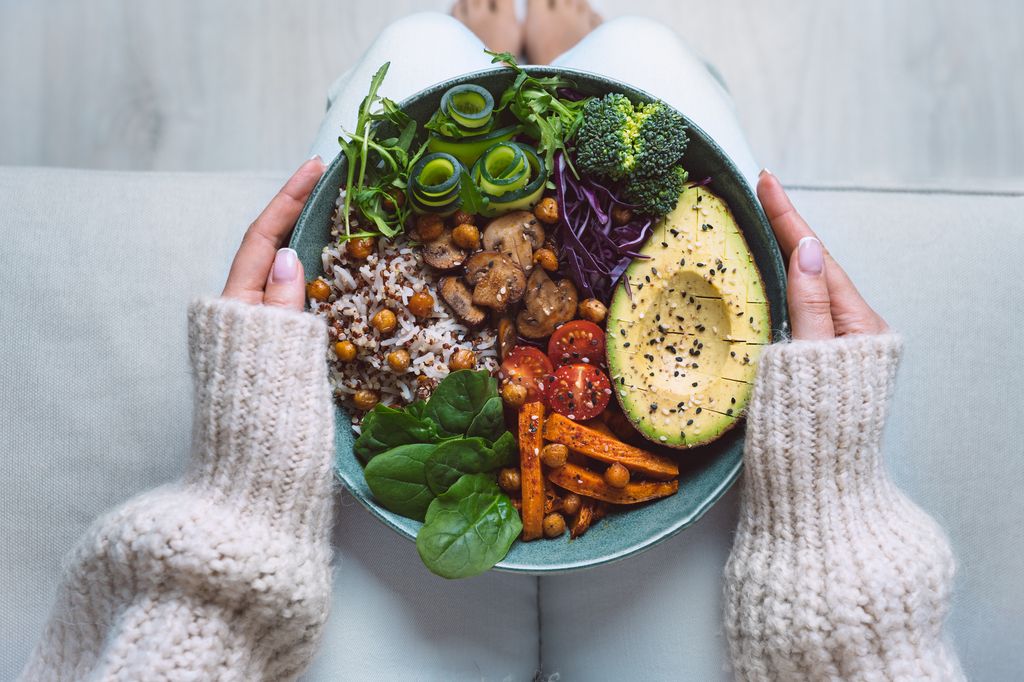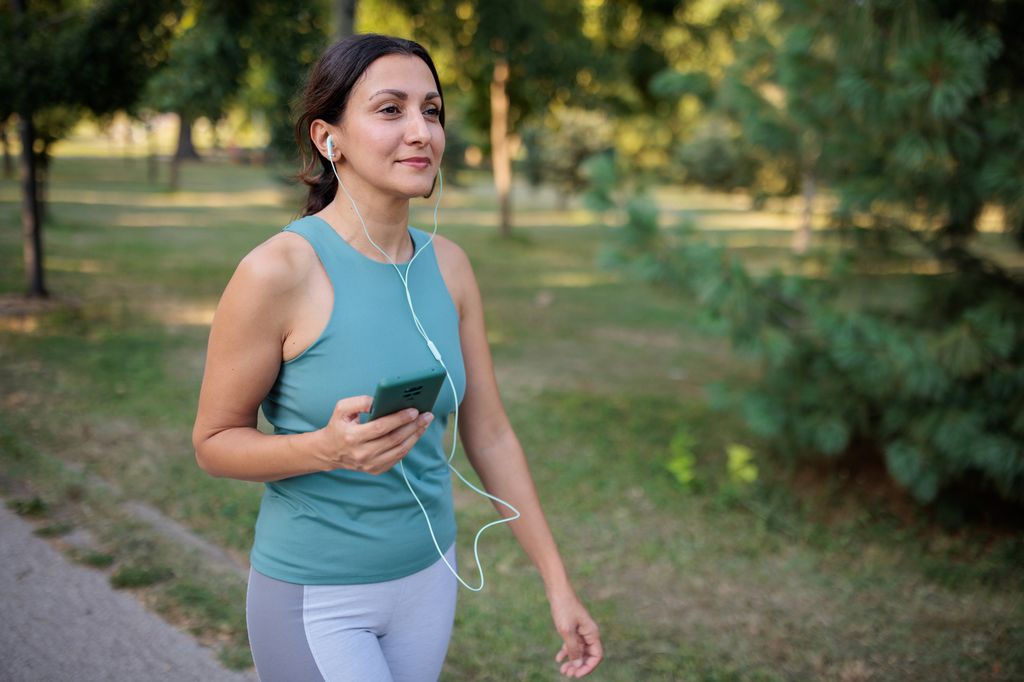It’s the weight-loss drug that has sky-rocketed in popularity thanks to its ability to manage weight gain and diabetes, but Ozempic comes with a host of side effects. Semiglutide works by regulating your blood sugar levels, slowing your stomach emptying and reducing your hunger levels which can cause nausea, bloating and stomach pain.
As a nutritionist, I’m often asked whether there are certain foods you should and shouldn’t eat while on the drug and yes, there are definite ones to avoid. Here are my top suggestions.
Why certain foods worsen side effects
Ozempic slows the digestion which means foods hang around in the gut longer and can cause symptoms. Greasy foods for example, can cause indigestion and nausea or trigger heartburn. Certain foods low in fibre or starchy vegetables can cause constipation too.
What foods to avoid while on Ozempic
Fried foods such as burgers, nuggets, battered fish or fries are the main ones to avoid. High fat foods like cheese, peanut butter and fatty red meat can exacerbate the symptoms too. Caffeinated foods and spicy meals can also aggravate heartburn. High sugar drinks like alcohol, fizzy soft drinks and sweetened juice should also be avoided as they can increase blood sugar levels.
Best foods to eat while on Ozempic
It’s important to eat a healthy, balanced diet while on the weight loss drug. As constipation is a common side effect, ensure you are having foods rich in fibre such as wholegrains, legumes and plenty of fresh fruit and vegetables. Users can also experience muscle loss while taking Ozempic so ensuring you are having enough protein is important. Aim for at least 25-30g each meal, so that might be a lean grilled chicken breast, grilled salmon or some tofu which are all good sources of protein. Try my fish rice bowl or shrimp and quinoa stir fry and sheet pan beef tenderloin with veggies as easy, protein-rich, whole food recipes ideal for supporting you while on Ozempic.
Tips to manage side effects while on Ozempic
If you’re still struggling with nausea, bloating or constipation try eating slower and ensuring you are chewing all your food properly before swallowing which can help with indigestion. Ensure you are well hydrated and if you feel waves of nausea, sip on iced ginger tea to help soothe your stomach. After meals, try going for a stroll around the block which can help you with symptoms of indigestion and nausea.
What to eat when coming off Ozempic
While GLP-1 medications often deliver dramatic results quickly, food-based strategies can still be remarkably effective. In fact, a 2017 review found that increasing soluble fibre alone was linked to measurable weight loss within several weeks. The results may not be instant, but they are steady and, importantly, sustainable.
You’ll find soluble fibre in a wide range of whole foods. Whole or steel-cut oats, black beans, chickpeas, oranges, apricots, mangos, broccoli and Brussels sprouts are just a few examples. Healthy fats are not only essential for brain and hormone health, they also help stimulate GLP-1 production. The most effective types are monounsaturated and polyunsaturated fats, which can be found in everyday favourites like avocados, extra virgin olive oil, almonds, walnuts, salmon and tofu.
These food choices also crowd out ultra-processed foods, the biscuits, chips, sugary drinks and snack bars that are linked to inflammation, cravings and shortened life expectancy. Simply replacing processed choices with whole foods can trigger a powerful shift in both how you feel and how your body functions.
Faye James is a Sydney-based accredited nutritionist and author of The 10:10 Diet, The Menopause Diet, The Long Life Plan and her latest books The Perimenopause Plan and Everyday Easy Vegan
Read the full article here









